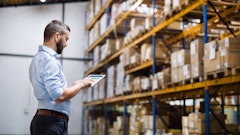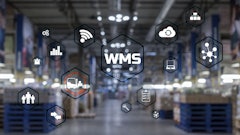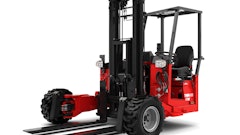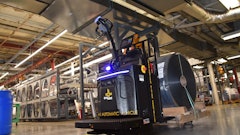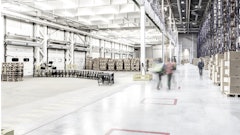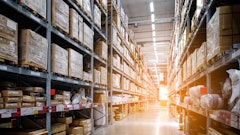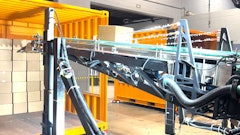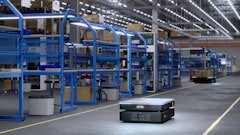Post Y2K, there seemed to be no big technology wave on which the food industry was riding. We did see many small- to mid-sized companies stepping up to barcodes or implementing warehouse management systems, and voice-directed solutions are now common in many food operations.
Certainly, radio frequency identification (RFID) holds a great deal of promise for the future, but the adoption rate has been relatively slow. It’s not that food companies are putting RFID on the back burner—far from it—but the perceived lack of value and other issues have kept many from significantly investing in the technology.
In fact, the Grocery Manufacturer of America’s 2006 Information Technology Investment and Effectiveness Study, which was released earlier this year, found that while nearly half of the respondents are currently piloting RFID internally or with a trading partner, only 3 percent are aggressively implementing RFID. Sixty-one percent of the respondents said they plan on adopting RFID in the next two years, but only enough to satisfy key customer requirements.
But one ripple—it’s not quite a wave yet—that we are seeing is more companies embracing supply chain solutions, such as Associated Grocers of Florida. In this issue’s feature, “Flying High With Demand-Driven Data,” , we look at how this AG is using technology to automate the demand planning process. Two years ago, the wholesaler implemented a forecasting system that is allowing its buyers to buy goods based on product trends and not deals—and it’s seeing an increase in turns and a reduction in inventory as a result. Today’s forecasting tools are more comprehensive, flexible, user-friendly and affordable, which makes for a faster return on investment.
Also, expect to hear more about the Global Data Synchronization Network (GSDN). In a report just released, Wegmans Food Market found that data synchronization had a dramatic impact on its entire supply chain. The retailer has more than 80 percent of its trading partners synchronizing data via the GDSN and expects to save $2.2 million in transportation costs, $1 million in distribution costs and $163,000 in DSD backdoor operations. And that’s only a few of the benefits. See “GDS Improves Supply Chain Efficiencies” [page 8] for more details.
With results like these companies are experiencing, we expect to see more companies looking beyond technology solutions beyond their four walls. We’ll take an in-depth look at more supply chain solutions as part of our FL100 coverage in our November/December issue.
UPDATING THE 3PL LIST: In our last issue, we presented “50 3PLs To Know,” a listing of third-party logistics providers that serve the food industry. We’d like to add a few more 3PLs to that list: Transervice Logistics Inc. and VersaCold. Please go to foodlogistics.com for more information on these companies. As this is a work in progress, look for more additions in the future.






